�$B!!�(B
Lab color emphasis
The Lab color emphasis is widely known in Japan.
This tecnique was proposed by my friend, Mr. Takeshi Makita.
It is particularly effective in showing the HII region when imaging galaxies,
and may make eliminates the need to take separate H-alpha images.
�$B!!�(B
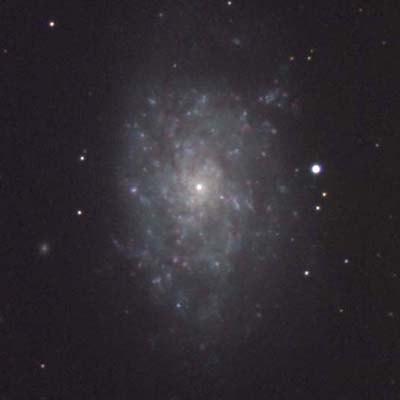
This is an image of the NGC7793 galaxy just after RGB composition.
This galaxy is famous for its difficult to image well its internal structure.
In fact, the red HII areas are almost invisible in normal RGB composition.
If you try to emphasize colors in the RGB color space, the brightness will
also change. In the case of Lab color space, without changing the brightness,
red for channel a, in the case of the b channel, only the blue color can
be emphasized.
After RGB composition, change the color mode to Lab from RGB in Photoshop.
Then, open the tone curve window.
Instead of R, G, and B channels, there are 3 channels: L, a, and b.
Open the "a" channel.
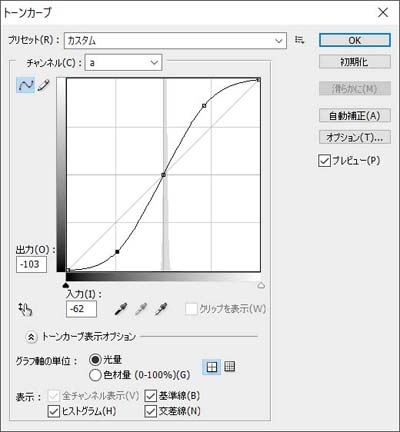
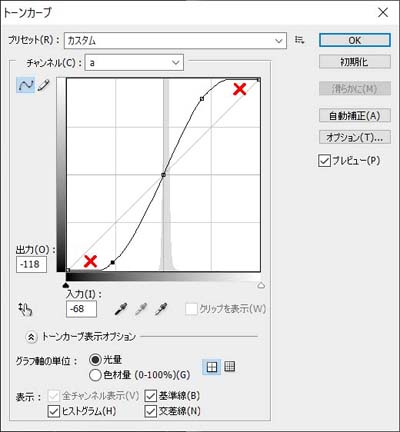
First, place a point in the center of the tone curve and fix it at (0,0).
The reason for doing this is that if the (0,0) position moves, the white
point will shift.
After that, move the top and bottom of the tone curve to change it to an
S-shape. The steeper the center, the more the red area will be emphasized.
Adjust the tone curve to avoid saturation like the left X makers.
The result is like this:
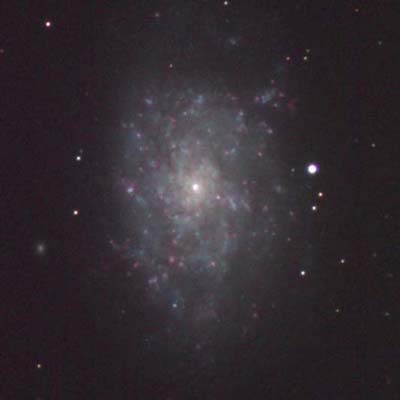
At this first stage, I recommend not applying too strong color emphasis.
Using this as an RGB image, perform LRGB composition using a sharp L image taken separately from the RGB image.
Like this:
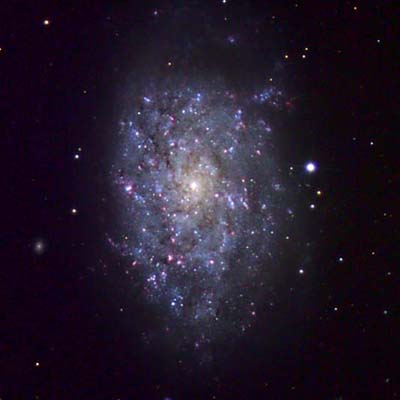
Color enphasis is still not enough. The great thing about Lab color enphasis
is that you can perform color enphasis a second time if you didn't saturate the S-curve the first time.
As with the first color enphasis, make the tone curve of the "a"
channel S-shaped. The red area should become much clearer.
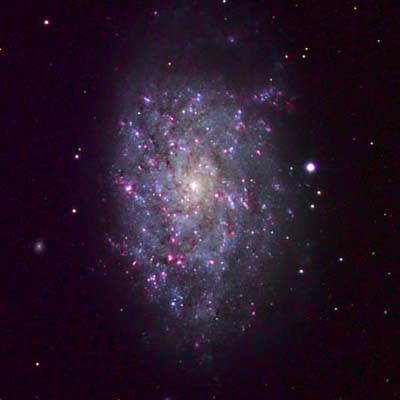
Next, open the "b" channel of the tone curve and change the tone
curve to an S-shape like the "a" channel. This b channel emphasizes
blue and cyan colors.
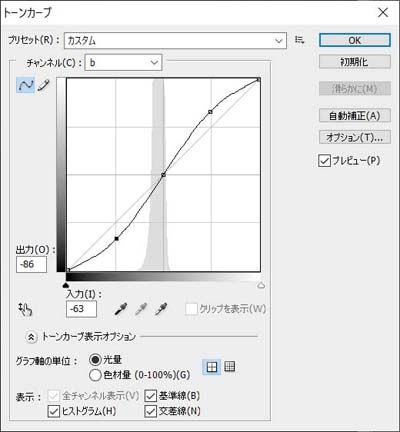
The results are as follows. You can see the magnitude of the color enphasis.
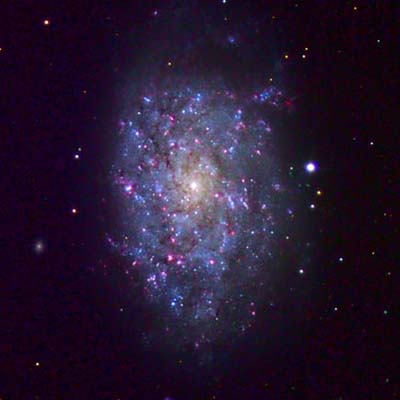
Go to Top page of Astronomy
15, Sept. 2024







